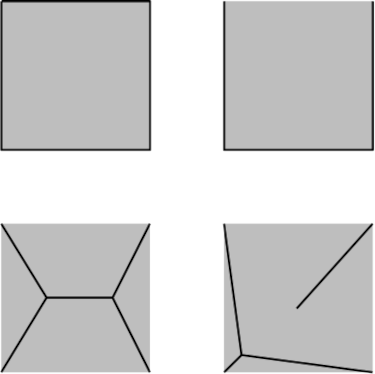
Why Russia is more likely to go nuclear in Ukraine if it’s winning
A Russian missile explodes on Kyiv in Ukraine on June 26, 2022. With victory in sight but not yet in hand, Russia may be tempted to launch a nuclear-armed missile on a secondary Ukrainian city and demand Ukraine’s immediate and unconditional surrender. (Photo by uwstas / depositphotos.com)
Russia, the aggressor, is in possession of the world’s largest nuclear arsenal, including a vast cache of battlefield nuclear weapons. Since the beginning of the war, the Kremlin relied heavily on nuclear threats and signaling to intimidate the West and thwart its military assistance to Ukraine, with some—albeit limited—success. The latest instance in Russia’s nuclear signaling are changes to its nuclear doctrine, recently announced by Russian President Vladimir Putin, that expand permissible scenarios for Russia to resort to nuclear weapons and add ambiguity and interpretative space for the Russian leadership to define whether and when such scenarios occur.
While Russia uses nuclear rhetoric politically, there’s an ever-present danger that it could resort to an actual use of a nuclear weapon in Ukraine.






















